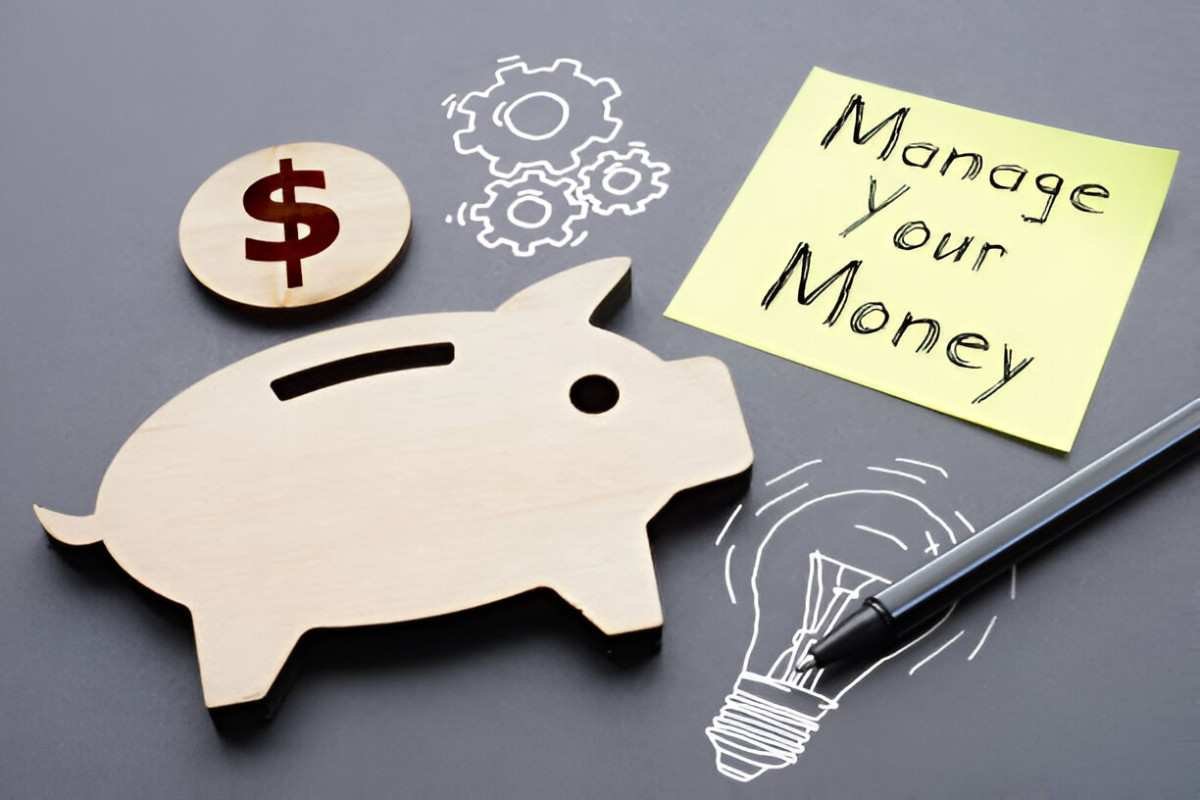As a finance expert, I often get asked how actively managed mutual funds generate returns. Investors want to know whether the higher fees are justified and how fund managers outperform the market. In this article, I break down the mechanics, strategies, and economics behind actively managed mutual funds.
Table of Contents
Understanding Actively Managed Mutual Funds
Actively managed mutual funds rely on professional portfolio managers who handpick securities with the goal of beating a benchmark index, such as the S&P 500. Unlike passive index funds, which track a market index, active funds employ research, market timing, and strategic asset allocation to seek higher returns.
Key Features of Active Management
- Professional Management – Fund managers analyze stocks, bonds, or other assets to make buy/sell decisions.
- Higher Expense Ratios – Active funds charge more (typically 0.5%–1.5%) due to research and trading costs.
- Potential for Alpha – Skilled managers aim to generate excess returns (\alpha) above the benchmark.
How Active Funds Generate Profits
Active mutual funds make money through a combination of capital gains, dividends, and interest income. The process involves:
1. Capital Appreciation
Fund managers buy undervalued securities expecting their prices to rise. For example, if a fund buys Apple stock at \$150 and sells it at \$200, the \$50 per-share profit contributes to the fund’s net asset value (NAV).
2. Dividend & Interest Income
Stocks pay dividends, and bonds pay interest. A fund holding Coca-Cola shares earns quarterly dividends, while a bond fund collects coupon payments. These earnings are either reinvested or distributed to shareholders.
3. Trading Profits (Turnover)
Active funds trade frequently to capitalize on short-term price movements. Suppose a fund buys Tesla at \$600 and sells at \$700 within months—this quick gain boosts returns. However, high turnover also incurs higher capital gains taxes.
4. Expense Ratio & Fees
Funds charge annual fees (expense ratios) that directly reduce investor returns. A 1% fee on a \$10,000 investment means \$100 goes toward management costs yearly.
Performance Metrics: How Success is Measured
To assess whether an active fund justifies its costs, investors use metrics like:
Alpha (\alpha)
Measures excess return relative to a benchmark. A positive \alpha of 2% means the fund outperformed its benchmark by 2%.
\alpha = R_p - (R_f + \beta (R_m - R_f))Where:
- R_p = Portfolio return
- R_f = Risk-free rate (e.g., Treasury yield)
- \beta = Portfolio’s market sensitivity
- R_m = Market return
Sharpe Ratio
Evaluates risk-adjusted returns. A higher Sharpe ratio indicates better performance per unit of risk.
Sharpe\ Ratio = \frac{R_p - R_f}{\sigma_p}Where \sigma_p is the portfolio’s standard deviation (volatility).
Expense Ratio Impact
Even a small fee difference compounds over time. Consider two funds:
| Fund Type | Annual Return | Expense Ratio | 20-Year Growth of $10,000 |
|---|---|---|---|
| Active Fund | 8% | 1.2% | \$10,000 \times (1 + 0.068)^{20} = \$36,947 |
| Index Fund | 7% | 0.1% | \$10,000 \times (1 + 0.069)^{20} = \$38,697 |
Despite the active fund’s higher gross return, the index fund wins due to lower fees.
Do Active Funds Beat the Market?
Historical data shows mixed results:
- SPIVA Report (2023): Over 10 years, 85% of large-cap active funds underperformed the S&P 500.
- Exceptions Exist: Some managers, like Peter Lynch (Fidelity Magellan), delivered consistent alpha.
Why Most Active Funds Fail to Outperform
- High Costs – Fees eat into returns.
- Market Efficiency – It’s hard to consistently find mispriced stocks.
- Behavioral Biases – Emotional trading hurts performance.
Tax Implications of Active Funds
Frequent trading triggers capital gains taxes, reducing net returns. Consider:
- Short-Term Gains (<1 year): Taxed at ordinary income rates (up to 37%).
- Long-Term Gains (>1 year): Taxed at 15%–20%.
An investor in the 24% tax bracket pays more on short-term gains, making tax efficiency crucial.
When Do Active Funds Make Sense?
Despite challenges, active management can work in:
- Less Efficient Markets (Small-cap, emerging markets).
- Specialized Strategies (Sector-specific funds, alternative assets).
- Downside Protection (Some active managers hedge against crashes).
Final Thoughts
Actively managed mutual funds make money through security selection, trading, and income generation. However, high fees and inconsistent performance mean they’re not always the best choice. Investors should weigh costs, tax implications, and historical returns before committing capital.





